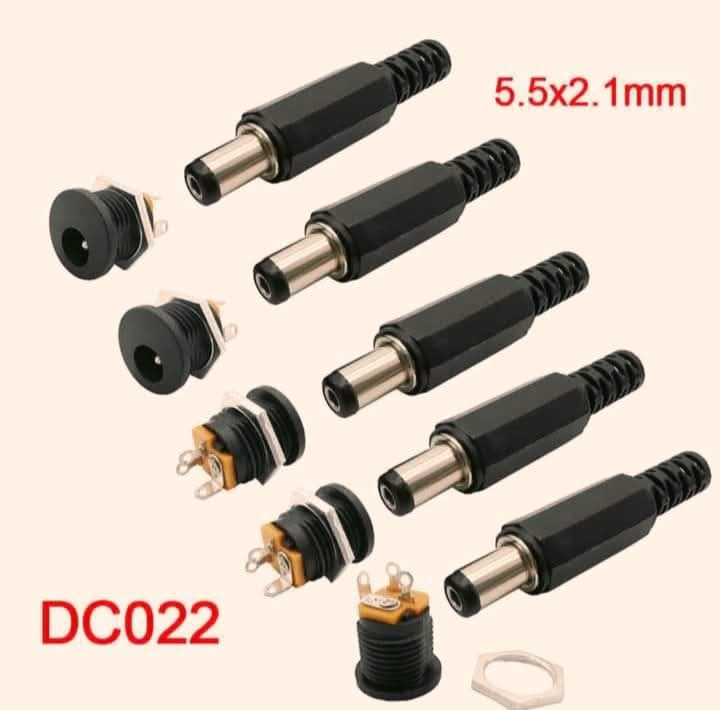The almost universal practice with electricity-producing wind turbines, whether large or small, is to use alternators, which produce alternating current (AC). The design details of these vary greatly.
Nearly all small wind turbines use relatively simple permanent magnet alternators, which employ a rotating rotor with some number of permanent magnets, which induce an electromotive force in the coils of the nonmoving stator. This type of design produces AC quite naturally, but because the wind turbine’s rate of rotation changes with wind speed and electrical load, the sine wave of the current constantly varies in both frequency and amplitude (voltage).
The advantage of this type of design, instead of using a DC generator is that alternators do not require a commutator mechanism, which has brushes usually made out of graphite that require periodic replacement, add friction, and create graphite residue as the brushes wear down.
This type of AC is very different than the tightly controlled AC that is used for commercial power and is called wild power.
To make use of wild power, it is necessary to tame or condition it to make it useful. One way is to convert the raw AC into DC by passing it through a bridge rectifier. From there, further conditioning can be performed using a variety of active and passive circuits and/or a battery bank that absorbs and smooths the DC power.
Finally, this DC power, in useful form, can be used directly or used to make standardized AC power by means of an inverter.







